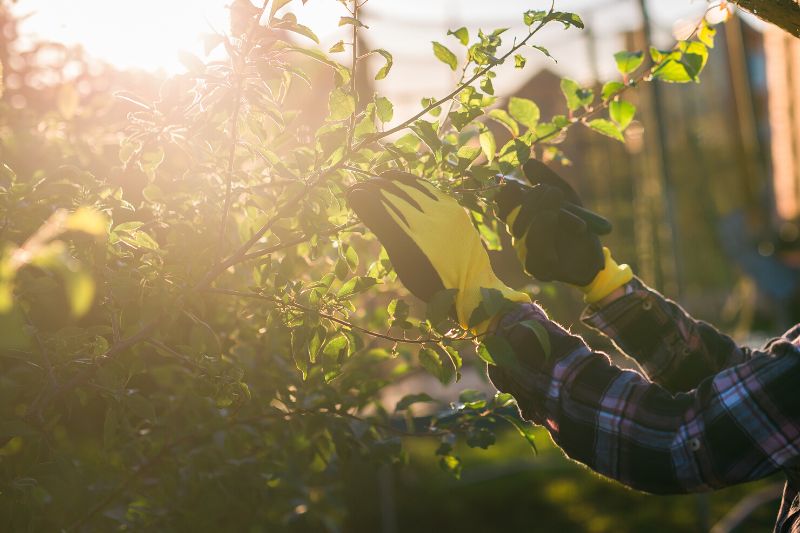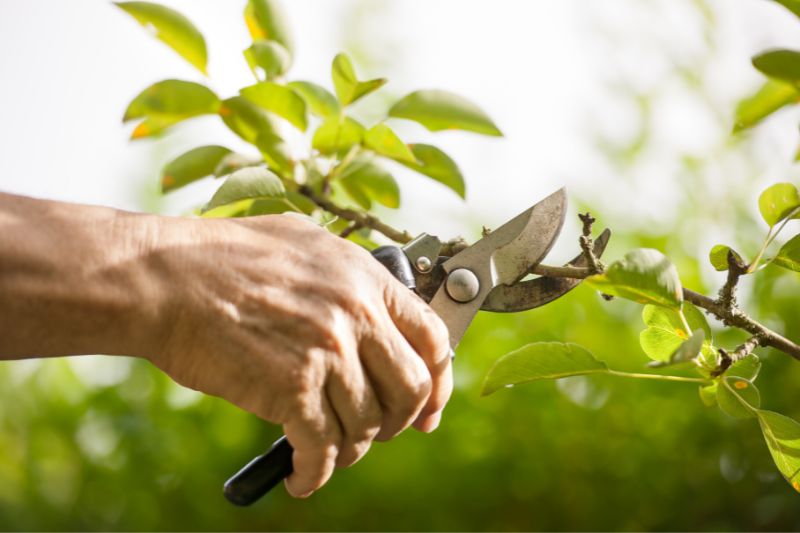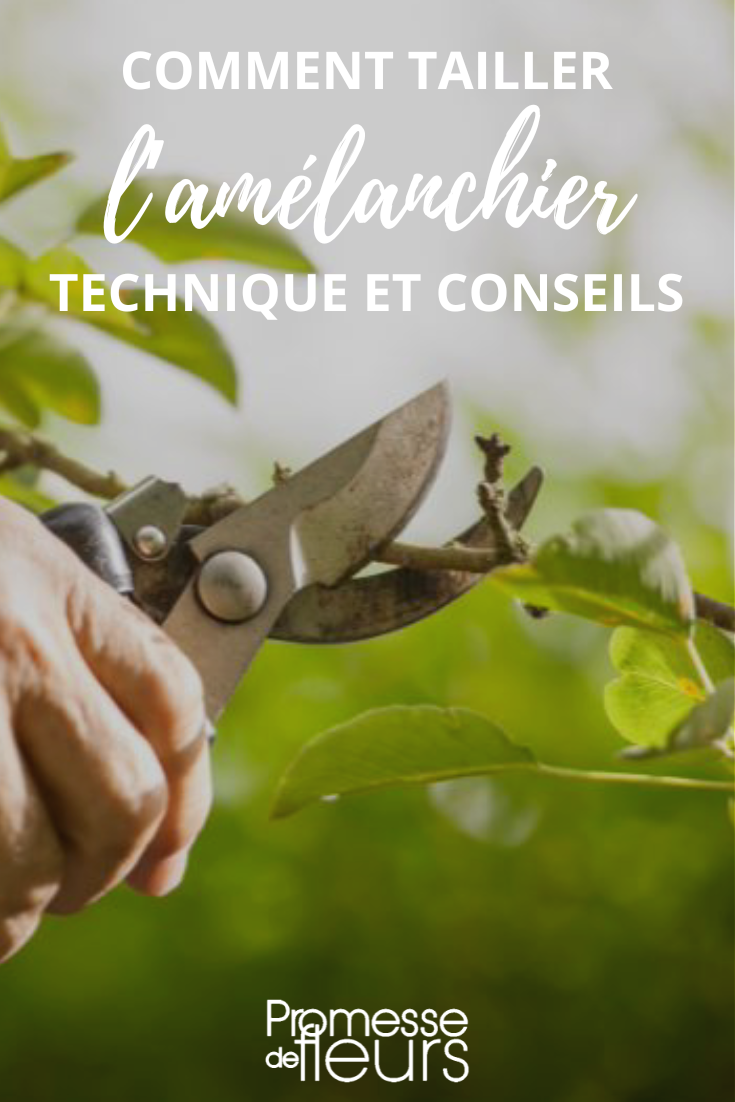With its abundance of star-shaped white flowers, sometimes tinged with pink, Amelanchier is a highly decorative spring-flowering bush. In April and May it becomes covered with countless clusters of flowers, some of which give off a faint vanilla scent. In summer it bears edible violet berries, and in autumn its foliage takes on beautiful, blazing warm colours before becoming deciduous in winter. Slow-growing, it can reach a height of between 2 and 12 metres. Among the most cultivated species are common Amelanchier or A.ovalis, the Amelanchier lamarckii or Amelanchier of Lamarck and the Amelanchier from Canada or Amelanchier canadensis. With a habit that varies by species, Amelanchier generally forms a coppice shoots made up of several trunks arising from the base. Easy to to grow, it can be planted as a specimen in the garden or used in a hedge. To encourage flowering and maintain an open silhouette, here is how to prune Amelanchier.

Why pruning?
Pruning is not essential. It is maintenance pruning that mainly removes dead or crossing branches, produces a fuller, more vigorous habit, encourages better flowering and gives the bush a more balanced shape.
When to prune?
- As with all spring-flowering bushes, pruning should be carried out after flowering, within the 1 to 2 months that follow.
- If you prune too late, you risk removing buds that form from summer to flower the following spring and therefore not having flowering the following year.
- Another point to know if you use Amelanchier as a hedge: since 2013 the European Parliament Regulation has declared « the ban on cutting hedges and trees during birds' breeding and nesting period ». We therefore recommend not to prune your hedges between 15 March and 31 July, in order to favour biodiversity, as well as bird and insect populations. When pruning your hedge, take care not to disturb birds and leave nests in place. You will thus better enjoy their songs and presence in your garden.

How to prune?
Technique
- The aim is to open up the branching if it is too dense or crossing, to remove dead wood and old shoots and to encourage the appearance of new floriferous shoots at the base of the bush.
- Prepare well-sharpened tools disinfected with alcohol to help healing and avoid disease transmission. These include pruning shear, saws or shear and hedge trimmer depending on branch size and on whether the bush is used as a specimen or in a hedge.
- Make the cut at an angle about 0.5 to 1 cm above a leaf or a bud
- Remove dead wood as well as shoots that are too thin, damaged or crossing to let more light into the centre of the stump and to aerate the branching
- Then cut back shoots with spent flowers: at their base for very long shoots and shorten by one-third those that are moderately long.

Equipment
- Small pruning shears for small branches, power pruning shear with curved blades or pruning saw for large branches.
- shear or hedge trimmer for hedges
To learn more
Discover :
































Comments